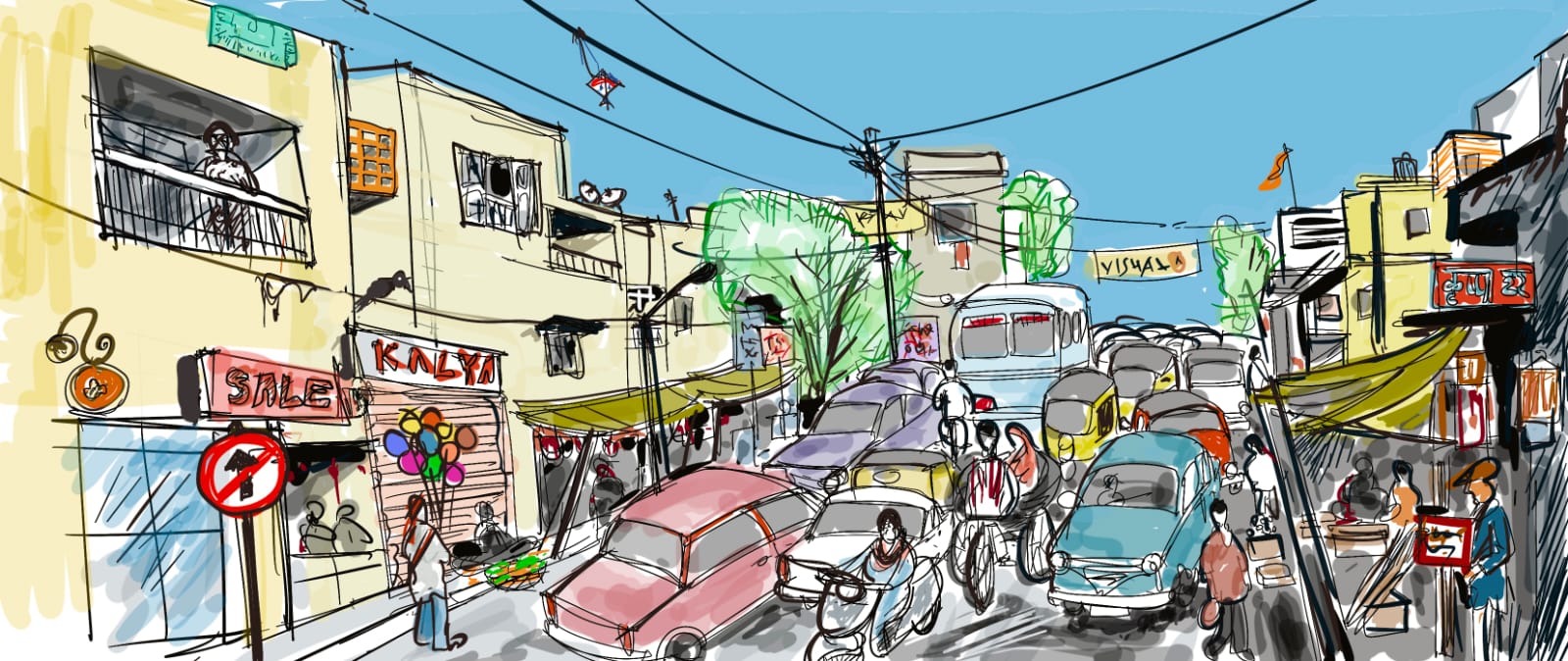
My (un)walkable city | Notes on Walkability and the Dominance of Vehicular Traffic
Architect Kavas Kapadia discusses his take on how uncontrolled vehicular traffic took over walkability.
Thoughts and views on architecture education and profession, contributed by the community of architects, students, educators and more.
All views expressed in this section are of the respective authors, and does not reflect the position of ArchitectureLive!

Architect Kavas Kapadia discusses his take on how uncontrolled vehicular traffic took over walkability.

The 2018 Walton Studio invited students to reflect on the commercialized, institutionalized and sanitized American celebration of death, through architecture’s perspective.

Focusing on the spiritual dimension of professing architecture, the Walton Program proposes that architecture can and should assist the spiritual growth of humanity in the service of tackling both our urgent and enduring challenges.
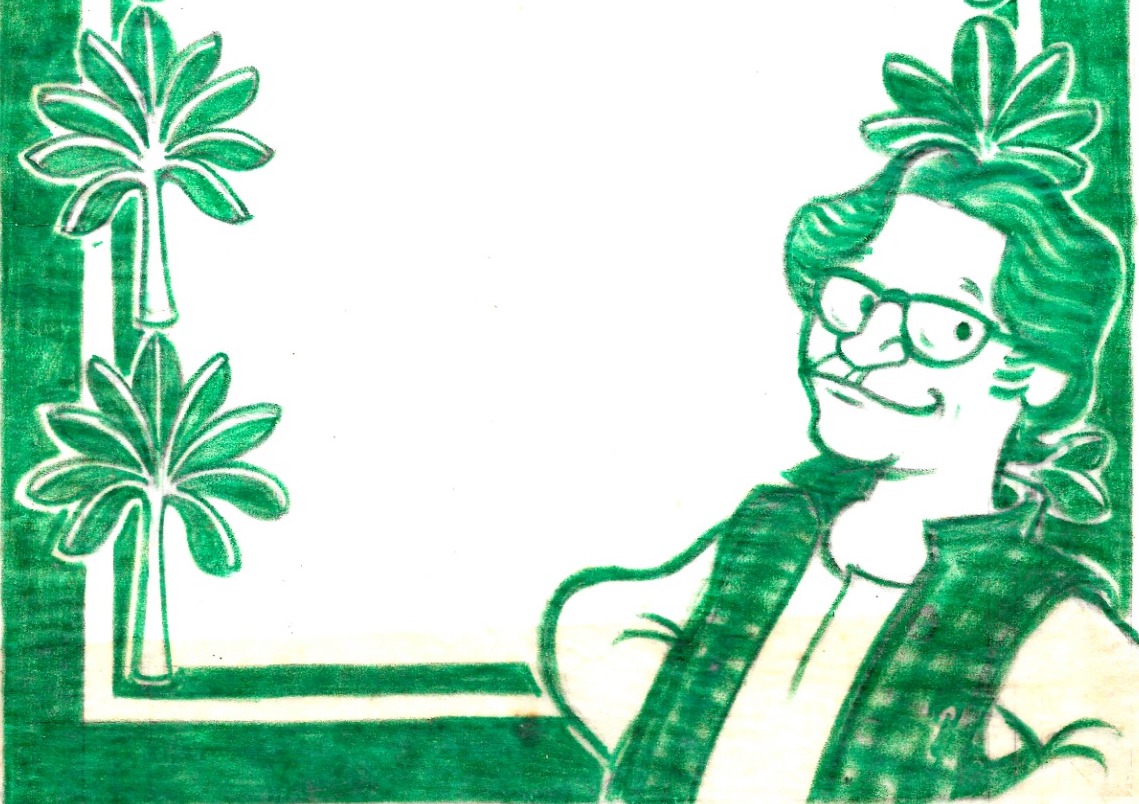
In Memories at Sangath, Ajit Rao recollects his time at the revered studio while working with Architect B.V. Doshi.

Sonali Rastogi, Co-founder and Principal Architect at India’s leading Architectural Practice, Morphogenesis, discusses the trajectory of gender representation in her journey as an architect and how she, along with her co-founder and partner, Manit, went on to lead one of India’s only gender-positive practices.
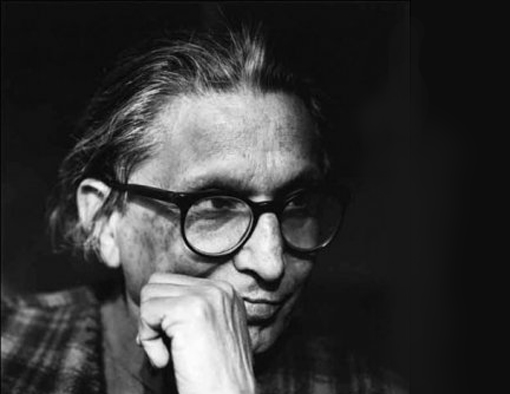
One of India’s greatest architects, B.V. Doshi, passed away on January 24, 2023. This article is a tribute by architect Aashish Karode to India’s sole Pritzker awardee.
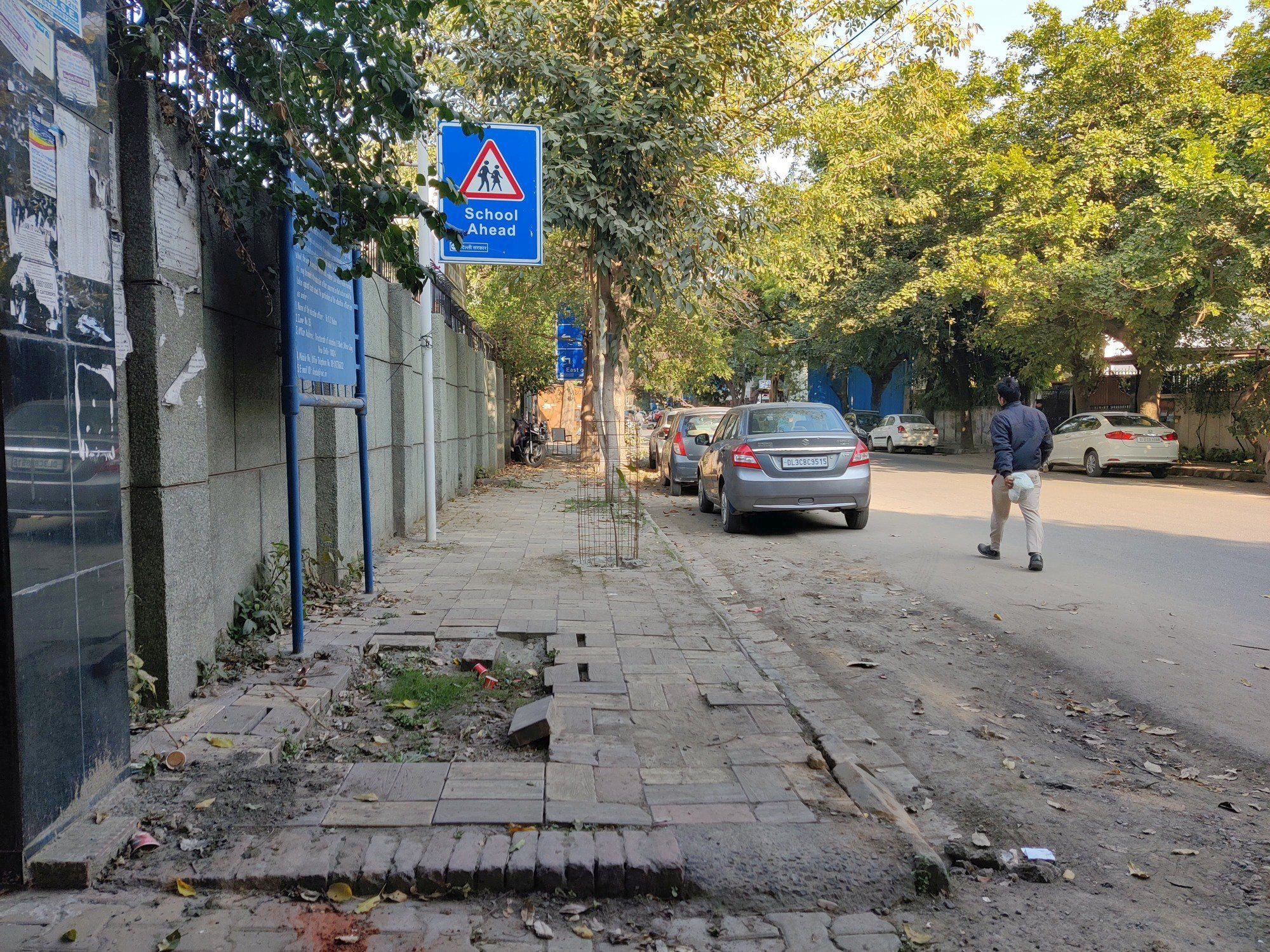
Right to Walk is an analysis by the author, Tarun Walecha, of walkability and India’s pedestrian traffic and its impact on the economical, social and physical health of India and its citizens.

Future Trajectories: Unfolding India’s Young Architecture is a collection of works of young architectural practices in India that are redefining the architectural landscape of India. Through conversations, essays and interviews, the book explores the past, present and future of Indian Architecture.

On the surface, Jaya Nila, an architect from Bangalore, comes across as your regular, accomplished and confident architect. That is what she is! But, behind the awarded young architect is also a person who’s been battling societal norms since a very young age.
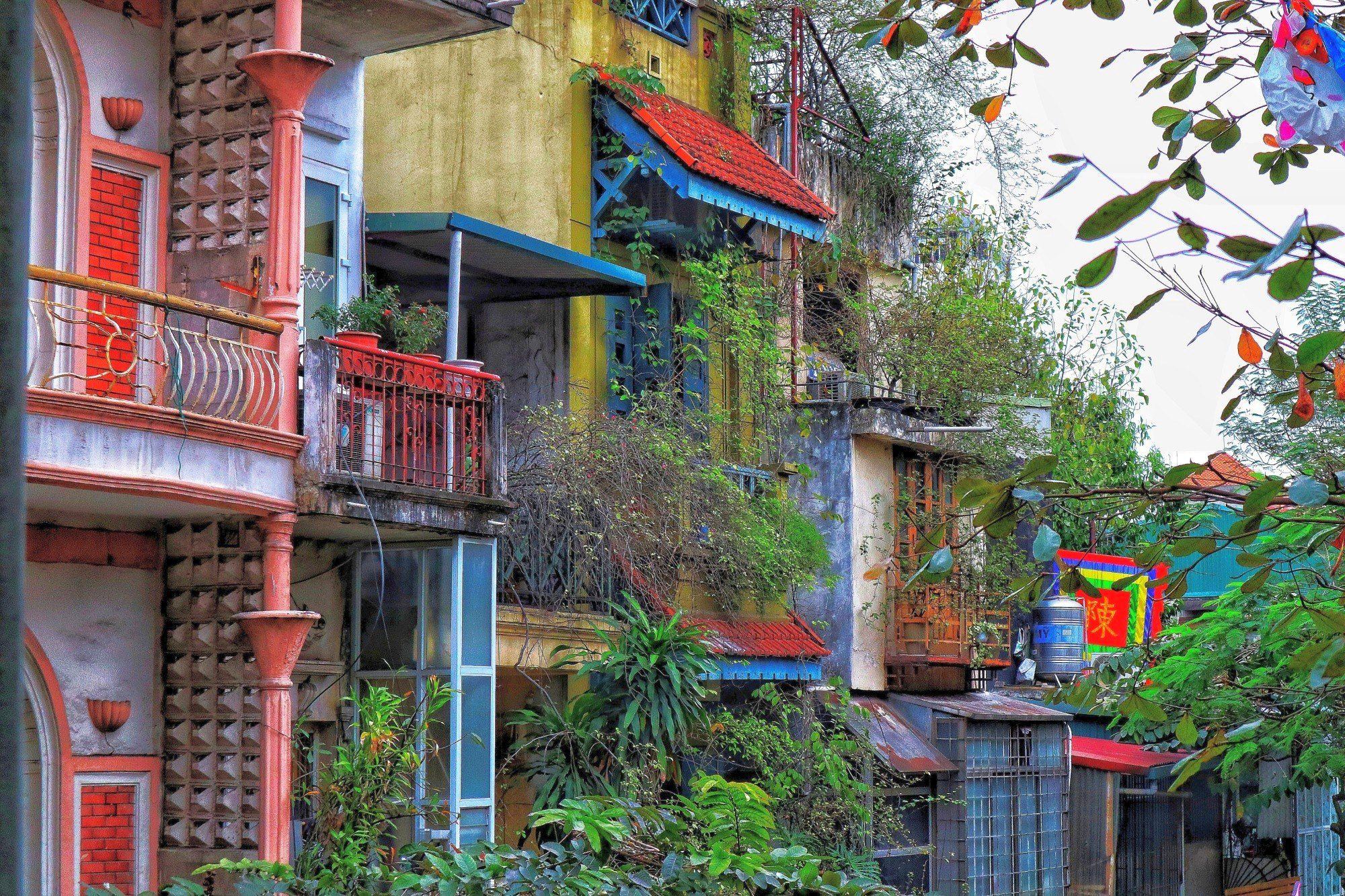
This article is a travel account of Architect Suneet Paul of his visit to Vietnam.

First published in the 1997 monograph, ‘The Sheltering Angle-Architecture of Asha and Prabhakar Baste’, this essay, authored by H Masud Taj, is an introduction to the work of architects Asha Baste and Prabhakar Baste and is being republished on the occasion of their new (2022) book.
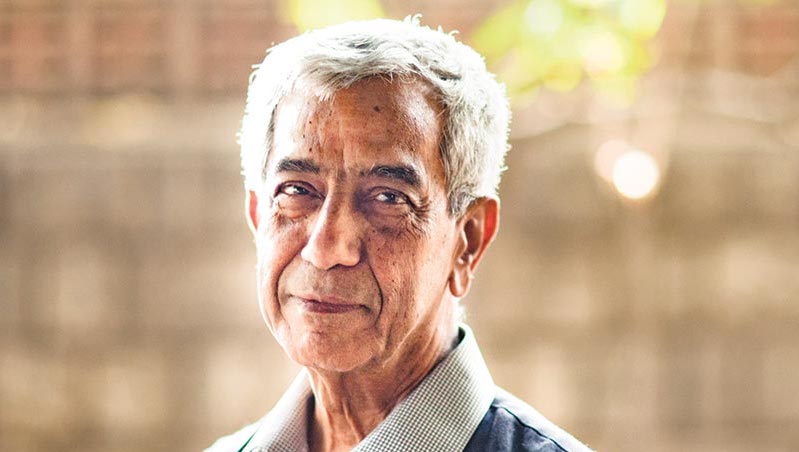
Jaisim Fountainhead’s Principal Architect and Founder, Prof. Krishna Rao Jaisim, talks about the contribution of females in his journey as a student and later a practising architect.
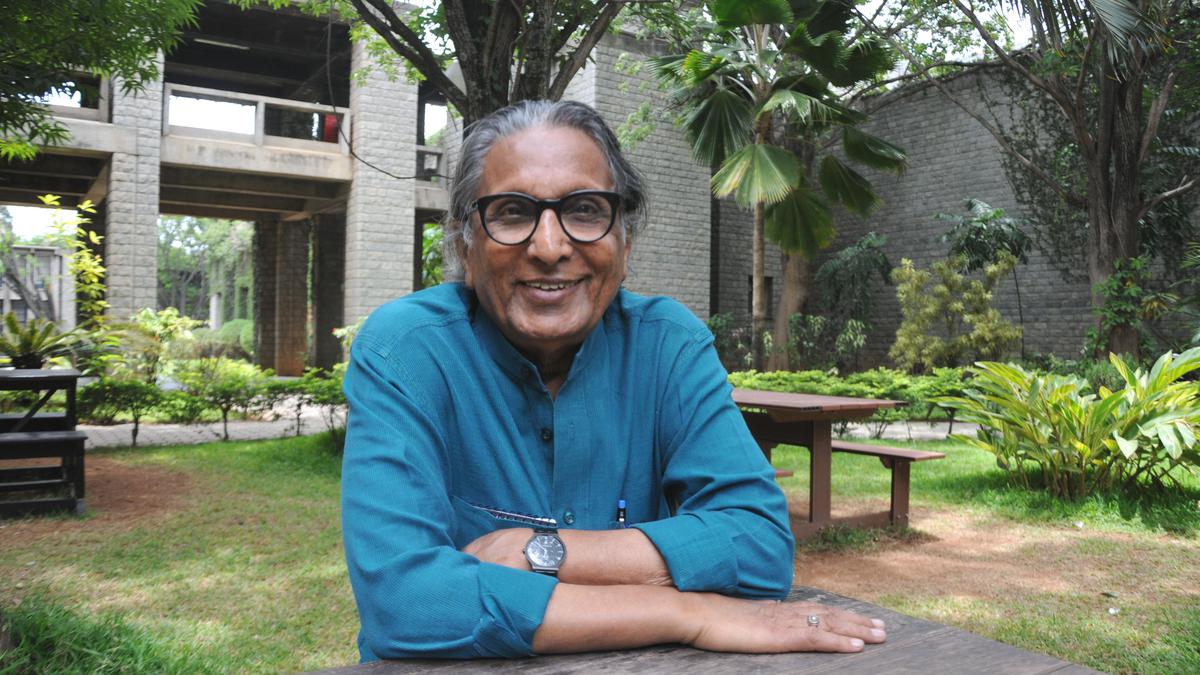
Durganand Balsavar remembers B.V.Doshi

Bangalore based architect Edgar Demello remembers B.V.Doshi

On January 24, 2023, one of India’s most renowned architects passed away. With the passing of B.V. Doshi at the age of 95, Indian Architecture witnessed the end of an era. This tribute by Doshi’s student and later contemporary, Bimal Patel, was first published in ‘The Indian Express’.
Stay inspired. Curious.
© ArchiSHOTS - ArchitectureLive! 2025
Notifications